Global markets are tense. Iran’s threats to block the Strait of Hormuz, a vital oil chokepoint, have spiked oil prices and unnerved investors. This escalating Iran–Israel conflict could disrupt global energy supplies. Here’s what’s happening and what it means for markets.
Iran’s Threat to the Strait of Hormuz
The Strait of Hormuz carries 20% of global oil. Iran, an OPEC producer, pumps 3.3 million barrels daily. It now threatens to close this waterway. This follows Israel’s strikes on Iran’s energy and nuclear sites. Iran responded with missile attacks. No major oil facilities are damaged yet. Still, a blockade could push prices above $90 per barrel.
Markets React with Volatility
Oil prices jumped. Brent crude hit $75 before settling at $73.11. WTI reached $71.84 after a 7% surge. Traders on X fear a Strait closure could spark inflation. Stocks fell, too. The Dow dropped 1.3%, the S&P 500 0.4%, and Nasdaq 0.6%. Investors sought safe havens like gold. Markets later steadied as war fears eased slightly.
Why the Strait Matters
The Strait is critical. It channels oil from Saudi Arabia, UAE, Kuwait, and Iraq. A closure would tighten supplies. This would raise costs for consumers and businesses. The IEA says markets are well-supplied now. OPEC+ has spare capacity. Yet, a prolonged disruption could overwhelm these reserves.
Economic Risks Loom Large
Higher oil prices fuel inflation. Europe and Asia, big energy importers, face pressure. Developing nations risk currency and debt crises. Central banks might tighten policy, slowing growth. In the U.S., rising gas prices could hurt consumers. Diplomacy falters as Iran rejects a ceasefire. Trump hopes for peace but sees conflict persisting.
What to Watch Next
Key risks include attacks on the Strait or energy sites. OPEC+ might boost output, but limits exist. Nuclear talks offer hope, yet Israel’s strikes complicate efforts. Markets may stabilize if conflict avoids energy infrastructure. Businesses can hedge with futures. Governments should build reserves and explore alternative energy.
Conclusion: A Tense Moment
Iran’s threats keep markets on edge. The Strait of Hormuz is a global lifeline. A disruption could reshape economies. Diplomacy is critical to avoid a crisis. Stay informed to navigate this volatility.
Read more on our blog: Investment Blog.



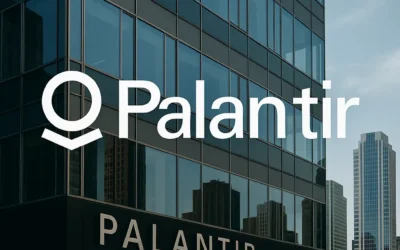
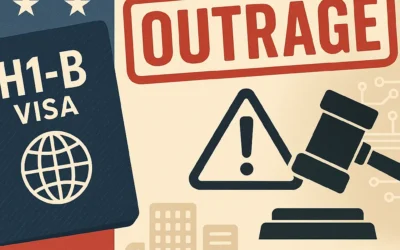
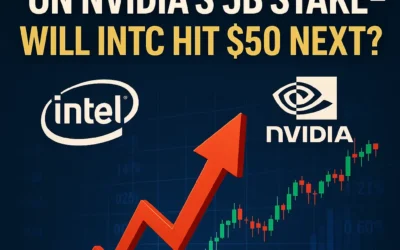
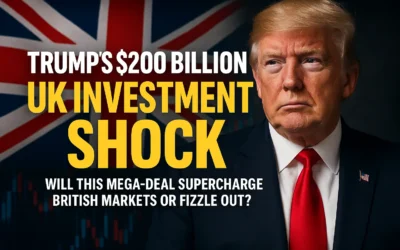
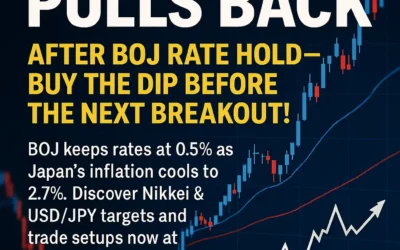

0 Comments